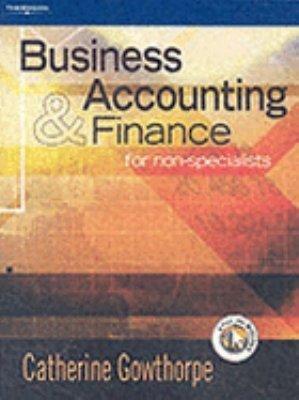17.11 Skippy is about to set up in business as a tour operator, after several years of...
Question:
17.11 Skippy is about to set up in business as a tour operator, after several years of working in the travel industry. He is starting out on a small scale, working from a room in a friend's office. The friend has agreed to let him have the room rent- free for six months in order to get him started.
In his first quarter of operations, January-March 20X4, Skippy plans two tours, both coach trips to Austria. He advertises the trips in November and December 20X3, paying the cost of £3000 out of his own money. He also pays £2000 for a computer. He intends that both of these amounts should constitute his initial capital contribution to the new business. The computer will be depreciated over its estimated useful life of five years on the straight-line basis.
The revenue and cost structure of each trip is as follows:
£
The trip will cost £530 per person. The coach carries a maximum of 60 people and Skippy expects an 80% load factor - that is, 48 people. So 48 x £530 = sales revenue per trip 25 440 Hotel costs = £42.50 per person for 7 nights half board accommodation: 7 x £42.50x48 14 280 Coach travel costs 2 600 Insurance bond 1 500 The first trip is planned for 17 February, and the second for 15 March. The sales revenue from the trips will be received in advance - receipts from trip one will be received in January, and from trip two in February.
The hotel requires a non-returnable deposit of 50% in advance, with the remainder paid at the end of the stay. Advance payments for trip one will be made in January, and for trip two will be made in February.
The coach costs must also be paid in advance: trip one will be paid for in January and trip two in February. The insurance bond for both trips will be paid in January.
Other costs are: phone - the bill for an estimated £360 will be paid in March; and sundry office costs - £200 paid in cash each month.
Prepare for Skippy:
i) A budget cash flow statement for the three months of January, February and March 20X4.
ii) A budget profit and loss account for the three months ending 31 March 20X4.
iii) A budget balance sheet at 31 March 20X4.
Step by Step Answer:

Business Accounting And Finance For Non Specialists
ISBN: 9781861528728
1st Edition
Authors: Catherine Gowthorpe





